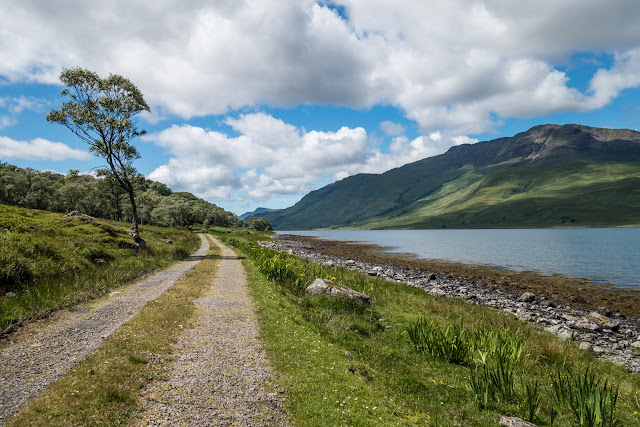Lavender fields and Kirkham Priory
Another beautiful spot we visited was Yorkshire Lavender, a 60-acre hillside farm featuring lavender gardens, specialist plant shop and a sculpture park.
The patterns formed by the Lavender were just waiting to be photographed.
A great place to visit with it`s herbs and other plants. To cap it all, a great place to have a mid morning coffee and cake. What more could you want.
I know, more ruins! The ruins of Kirkham Priory are situated on the banks of the River Derwent, at Kirkham, North Yorkshire, England.
The Augustinian priory was founded in the 1120s by Walter l'Espec, lord of nearby Helmsley, who also built Rievaulx Abbey. Legend has it that Kirkham was founded in remembrance of l'Espec's only son who had died nearby as a consequence of his horse being startled by a boar. The area was later used to test the D-Day landing vehicles. The ruins are now Grade I listed and in the care of English Heritage.
The Gatehouse of Kirkham Priory, built c.1290-5, is a specimen of English Gothic medieval architecture. It is a rare survival of such a gatehouse, comparable to that of Butley Priory in Suffolk. It has a wide arch of continuous mouldings with a crocketed gable running up to the windows, with sculptures of S.George and the Dragon on the left, and David and Goliath to the right. Above the arch is Christ in a pointed oval recess, plus two figures below of St. Bartholomew and St. Philip, in niches.
And the very last ruin is Sheriff Hutton Castle in the village of Sheriff Hutton, North Yorkshire
The original motte and bailey castle, the remains of which can be seen to the south of the churchyard, was built here in the Forest of Galtres by Bertram de Bulmer, Sheriff of York during the reign of King Stephen(c. 1135–1154),
The stone castle was built at the western end of the village by John, Lord Neville in the late fourteenth century.
The castle became the property of Henry VII and, in 1525, Henry VIII granted it to his son, Henry Fitzroy, who had been newly created as Duke of Richmond and Warden-General of the Marches. A survey of this date describes the castle as being in need of repair.
The castle was acquired by the Ingram family in 1622, and stone from the site was used by them in the building of nearby Sheriff Hutton House.
The castle remained in the Ingram family until the early twentieth century, by which time the ruins were being used as a farmyard. It was designated a scheduled ancient monument in the 1950s, and has recently undergone some repairs by English Heritage. Today the castle is privately owned.












Comments